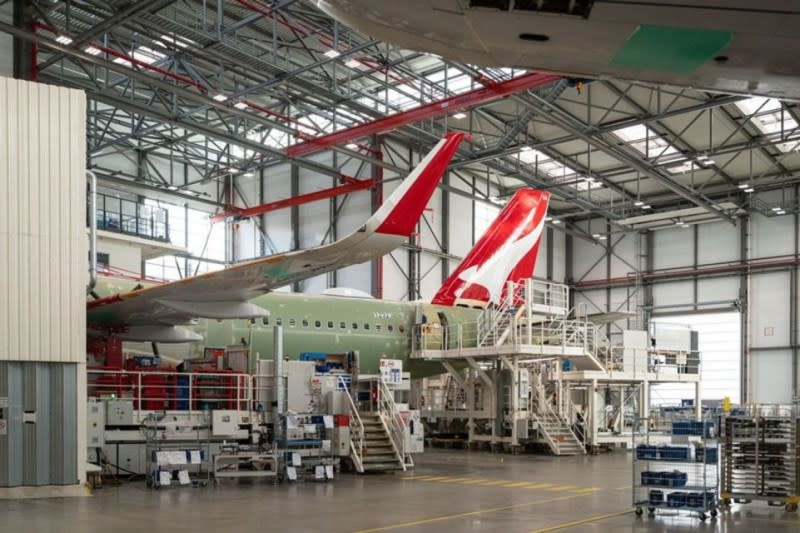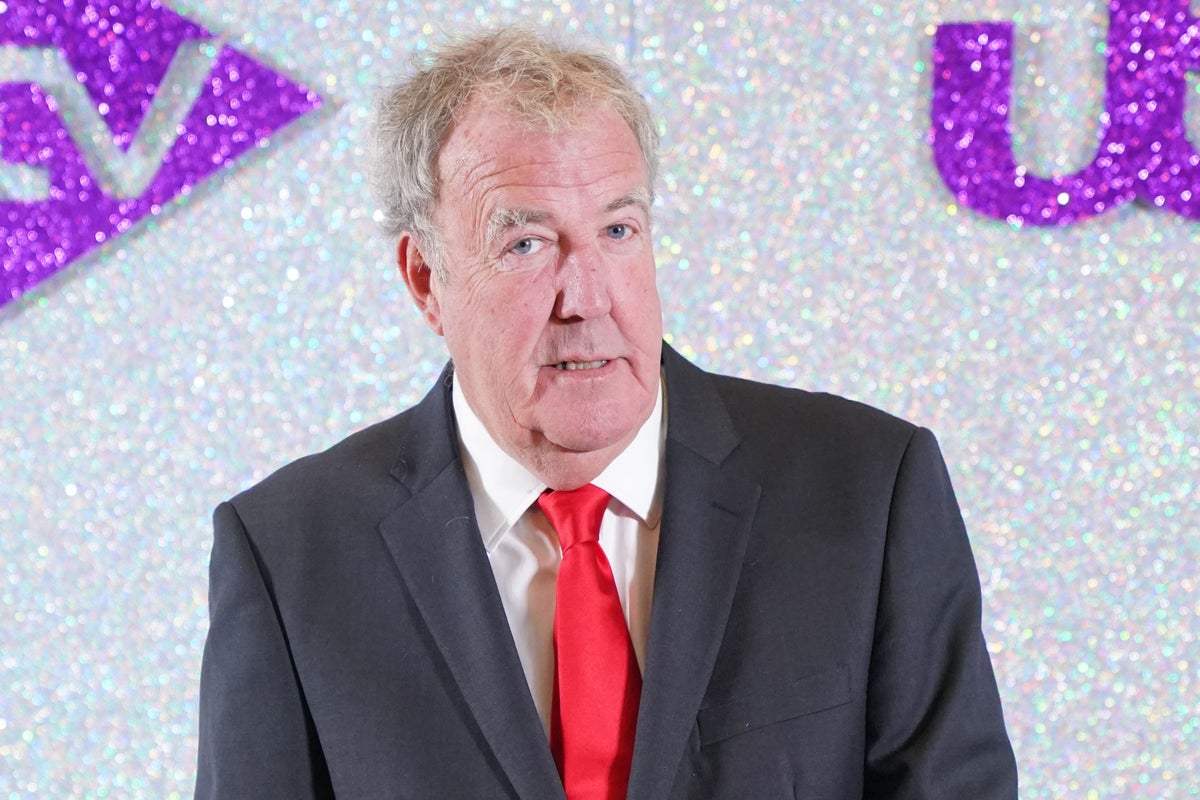Intel (INTC) announced Monday that CEO Pat Gelsinger retired effective Dec. 1 and stepped down from the company’s board of directors. Gelsinger led aggressive efforts to turn around the troubled US chipmaker for more than three years.
Intel stock was up roughly 5% on the news midday before reversing direction. Shares fell as much as 2% in afternoon trading as Wall Street analysts issues bearish notes maintaining their Hold ratings on the stock.
A person familiar with the matter told Yahoo Finance that the board had lost confidence in Gelsinger and a change was needed ahead of 2025. The person added the decision was made by a small group of people inside Intel, and the leadership team was only made aware Sunday afternoon.
It’s unclear if Intel will continue with Gelsinger’s expensive expansion into making chips for other companies, the source said.
Intel has named CFO David Zinsner and former head of client computing Michelle Johnston Holthaus as interim co-CEOs. Holthaus was also named Intel Products CEO. The company said its board has formed a search committee and “will work diligently and expeditiously to find a permanent successor to Gelsinger.”
“While we have made significant progress in regaining manufacturing competitiveness and building the capabilities to be a world-class foundry, we know that we have much more work to do at the company and are committed to restoring investor confidence,” Intel’s board chair Frank Yeary said in a statement.
Intel is facing two separate lawsuits filed this year by investors claiming they were misled about the company’s financial performance. The latest was filed by a pension fund in August following the chipmaker’s announcement that it would slash 15,000 jobs.
Gelsinger had previously spent 30 years at Intel but left in 2009. He rejoined the company in 2021, taking over the role of chief executive from Bob Swan.
Gelsinger promised that his tenure would bring back a “Grovian” mindset to the company and right years of missteps that saw Intel lose its edge in the chip market to artificial intelligence chip design leader Nvidia (NVDA) and chip manufacturing giant TSMC (TSM).
That goal referred to former CEO Andy Grove, who oversaw a spectacular turnaround for the company in the 1980s when Intel struggled to maintain its dominance in the memory chip market amid competition from Japan — and made a dramatic shift toward producing another kind of chip, called CPUs, of which it became the leading manufacturer.
Many of the problems facing Intel predate Gelsinger’s tenure and will remain a challenge for its next leadership group.
Intel is grappling with a slump in PC chip sales that’s only just beginning to improve and increased competition in that market from AMD (AMD) and British chip designer Arm (ARM), all while the CPU market as a whole is threatened by the rise of GPU chips, which are used to run generative artificial intelligence — a market dominated by Nvidia.
As Intel CEO, Gelsinger sought to bolster the company’s foundry business by making chips for external customers. Intel makes its own chips but had never produced semiconductors for external customers, and its own chipmaking processes faced delays beginning in the mid-2010s.
Gelsinger undertook aggressive efforts to improve Intel’s manufacturing processes — which he outlined at the start of his time as CEO in 2021 — that aimed to reverse the foundry’s former failures in five years. Intel has recently focused on upgrading to a manufacturing process called 18A that would allow it to directly compete with TSMC as a producer of AI chips.
Gelsinger’s departure casts doubt on the company’s focus on its service foundry, which could affect Intel’s ability to catch up in the AI space, according to analysts.
“[W]hile keeping [the foundries] feels like deadweight (and a continuation of the strategy that got Pat out), scrapping them would also be fraught with difficulties around the product roadmap, outsourcing strategy, CHIPS act, and political navigation,” Bernstein analyst Stacy Rasgon wrote in a client note Monday.
In late November, Intel was officially awarded $7.86 billion in CHIPS Act funding for its semiconductor manufacturing and packaging operations in Arizona, New Mexico, Ohio, and Oregon.
The company also recently announced plans to split its foundry business into an independent subsidiary, and Gelsinger’s exit could accelerate that change, according to Raymond James analyst Srini Pajjuri.
The move toward Intel’s money-losing chip manufacturing business has so far failed to bolster faith in the company. Intel has recently become a takeover target, and shares of the company are down more than 50% for the year. Meanwhile, the S&P 500 is up 26%. Intel stock was recently replaced by Nvidia in the Dow.
As Bernstein’s Rasgon wrote, “There don’t seem to be any easy answers here, so whoever winds up filling the slot looks in for a tough ride.”
Correction: A previous version of this article listed misspelled the name of the chair of Intel’s board of directors, Frank Yeary. We regret the error.
Laura Bratton is a reporter for Yahoo Finance. Follow her on X @LauraBratton5.
Yahoo Finance’s Brian Sozzi contributed to this story.
Click here for the latest technology news that will impact the stock market
Read the latest financial and business news from Yahoo Finance
EMEA Tribune is not involved in this news article, it is taken from our partners and or from the News Agencies. Copyright and Credit go to the News Agencies, email news@emeatribune.com Follow our WhatsApp verified Channel




